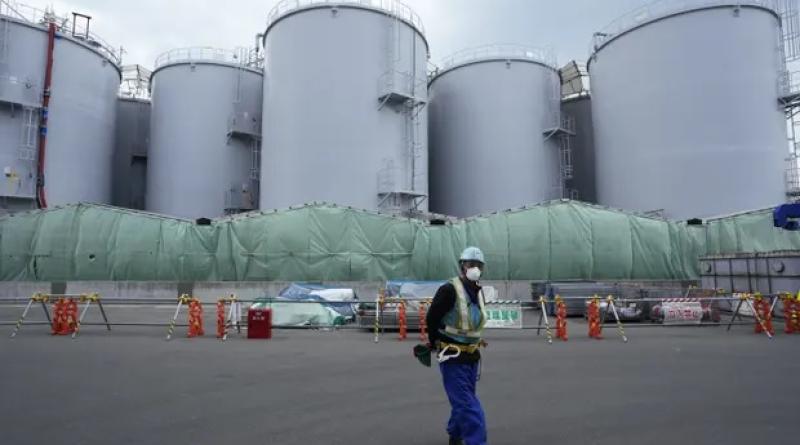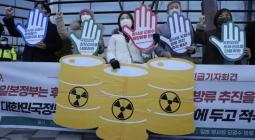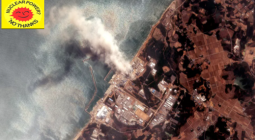Fukushima water to be released into ocean in next few months, says Japan

Authorities to begin release of a million tonnes of water from stricken nuclear plant after treatment to remove most radioactive material
The controversial release of more than a million tonnes of water from the wrecked Fukushima Daiichi nuclear plant will begin in the northern spring or summer, Japan’s government has said – a move that has sparked anger among local fishing communities and countries in the region.
The decision comes more than two years after the government approved the release of the water, which will be treated to remove most radioactive materials but will still contain tritium, a naturally occurring radioactive form of hydrogen that is technically difficult to separate from water.
Japanese officials insist the “treated” water will not pose a threat to human health or the marine environment, but the plans face opposition from fishermen who say it risks destroying their livelihoods, almost 12 years after a magnitude-9.0 earthquake triggered a huge tsunami that killed more than 18,000 people along Japan’s north-east coast.
Tsunami waves crashed into Fukushima Daiichi, knocking out its backup electricity supply, triggering meltdowns in three of its reactors and sending large quantities of radiation into the atmosphere in the most serious nuclear accident since Chornobyl a quarter of a century earlier.
The wastewater in Fukushima is being stored in more than 1,000 tanks that officials say need to be removed so the plant can be decommissioned – a process expected to take 30 to 40 years.
Japan’s foreign ministry said in July that regulators had deemed it safe to release the water, which will be gradually discharged into the Pacific ocean via a tunnel after being treated and diluted.
The plan’s operator, Tokyo Electric Power (Tepco), has said its water treatment technology – known as Alps – can remove all radioactive materials from water except tritium, which it says is harmless in small amounts.
The International Atomic Energy Agency (IAEA) has also pointed out that nuclear plants around the world use a similar process to dispose of wastewater containing low-level concentrations of tritium and other radionuclides.
South Korea and China have voiced concern about the discharge, while the Pacific Islands Forum said recently it had “grave concerns” about the proposed release.
Writing in the Guardian, the forum’s secretary general, Henry Puna, said Japan “should hold off on any such release until we are certain about the implications of this proposal on the environment and on human health, especially recognising that the majority of our Pacific peoples are coastal peoples, and that the ocean continues to be an integral part of their subsistence living”.
The South Korean government, which has yet to lift its ban on Fukushima seafood, has said that releasing the water would pose a “grave threat” to marine life. Fishing unions in the area oppose the release, warning it would cause alarm among consumers and derail more than a decade of efforts to reassure the public that Fukushima seafood is safe to eat.
Under the plan approved by Japan’s cabinet on Friday, fishermen who fear that the release will impact their livelihoods will be able to access a new ¥50bn ($385m) fund, the Kyodo news agency said.
“We would like to thoroughly explain these measures to fishing communities and other relevant parties while listening to their concerns,” the chief cabinet secretary, Hirokazu Matsuno, said at the meeting, according to Kyodo.
The liquid, which Japanese officials claim is “treated” rather than “contaminated”, comprises water used to cool the damaged reactors, and rain and groundwater that seeps into the area.
Kyodo said the IAEA had conducted several safety reviews of the plan and would issue a report based on its findings, as well as providing support before, during and after the discharge.
COVER PHOTO: A worker stands near tanks used to store treated radioactive water used to cool the Fukushima Daiichi nuclear power plant. The water is soon to be released into the ocean. Photograph: Hiro Komae/AP





